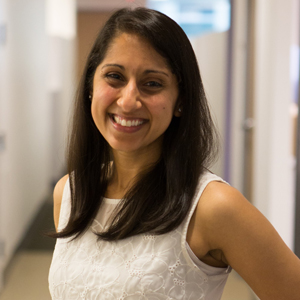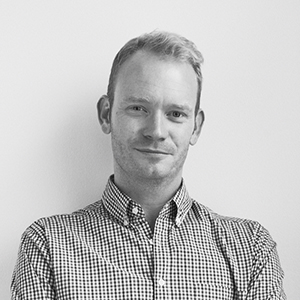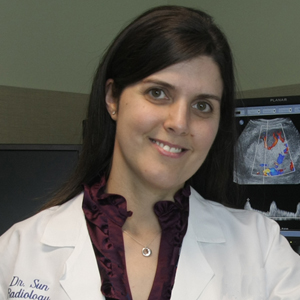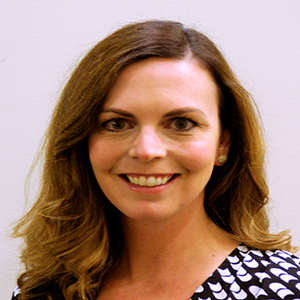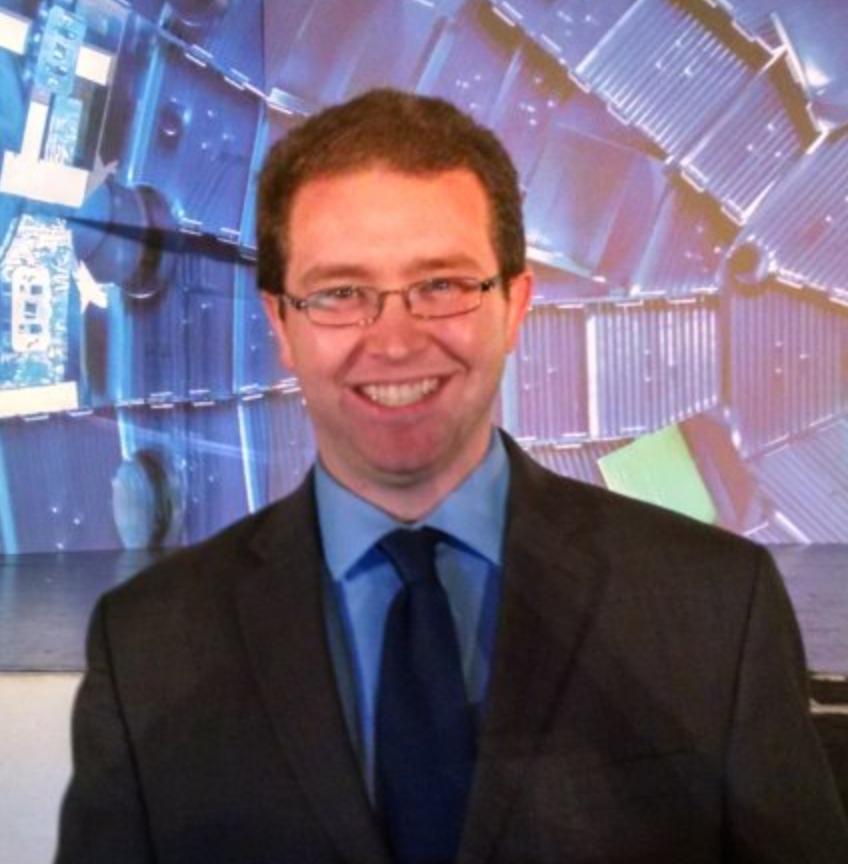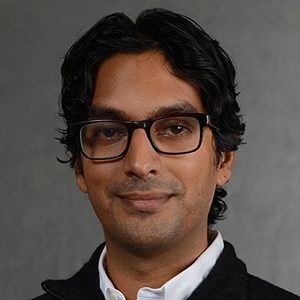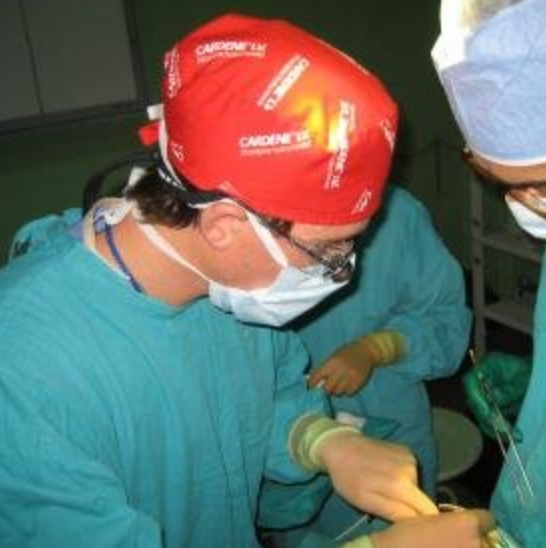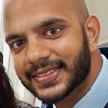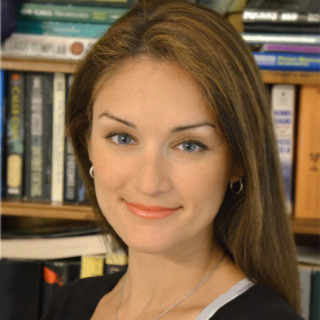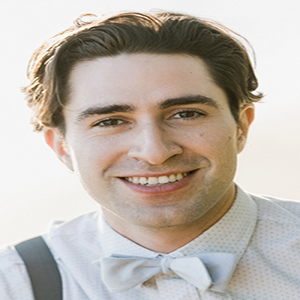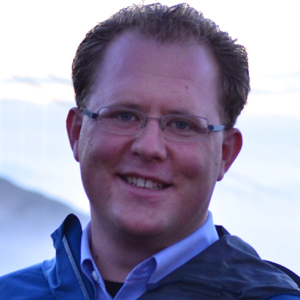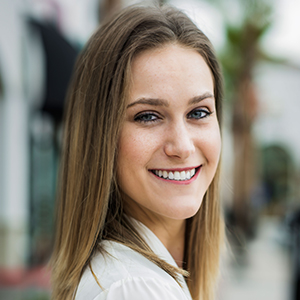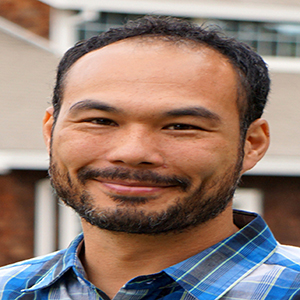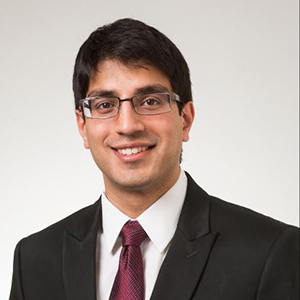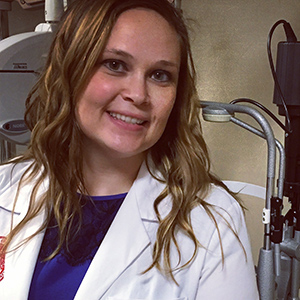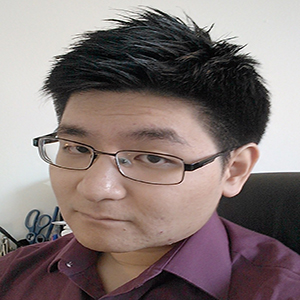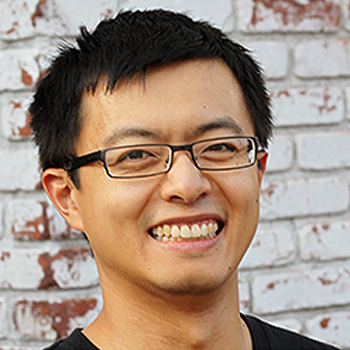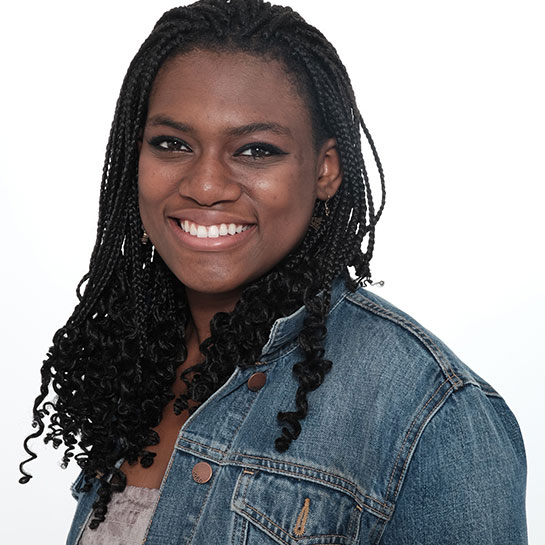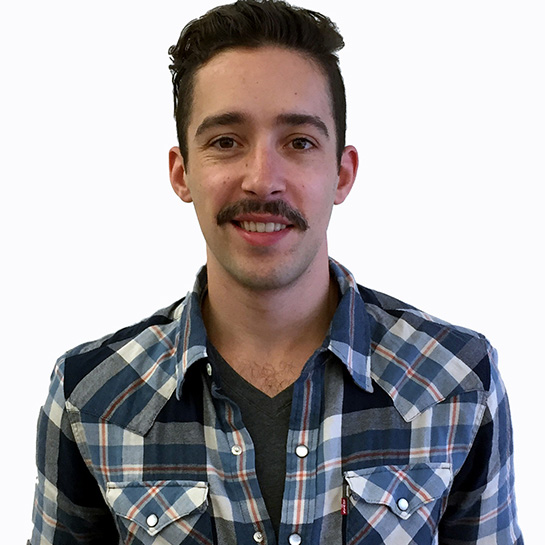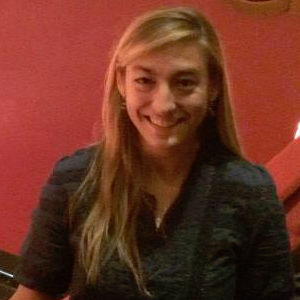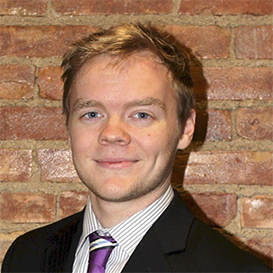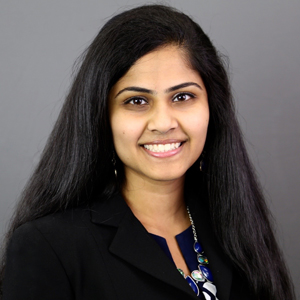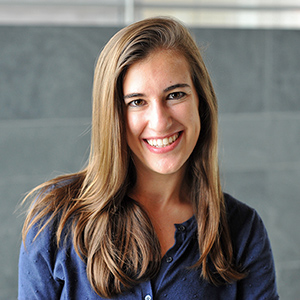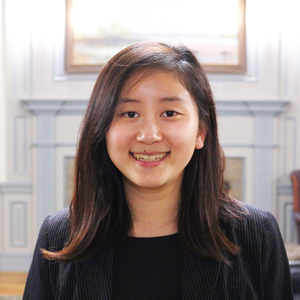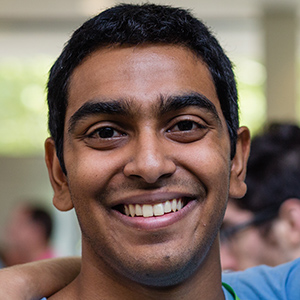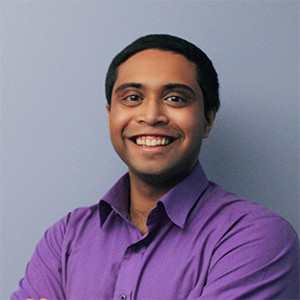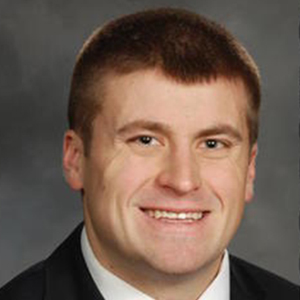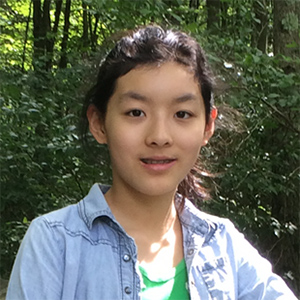A: I attended undergrad at MIT, where I majored in Electrical Engineering and Mathematics. After graduation, I went straight to graduate school at the University of California, Berkeley, where I finished my Ph.D. in Electrical Engineering. I’ve always been drawn to the mathematical end of things, so I completed a special concentration there in communication, computation, and statistics.
I worked on a variety of topics in grad school, which made me want to continue doing basic research. Much like ExploraVision, basic engineering research involves thinking about what problems we might want to solve in the future and how we can advance the knowledge or technology that we have now to tackle those problems. I then went south to the University of California, San Diego, where I was a postdoctoral researcher, and from there to a research assistant professor position at the Toyota Technological Institute in Chicago, which is a philanthropically endowed academic computer science institute located on the University of Chicago campus.
I most recently joined Rutgers, The State University of New Jersey, as a tenure-track assistant professor in electrical and computer engineering. My research is still about communication, computation, and statistics. I try to develop models to understand how communication and exchanging information in social networks can enable learning, how uncertainty can impact the reliability of communication, how statistical analyses can be done safely on sensitive data like medical records, and to efficiently discover hidden structures in complex data sets.
